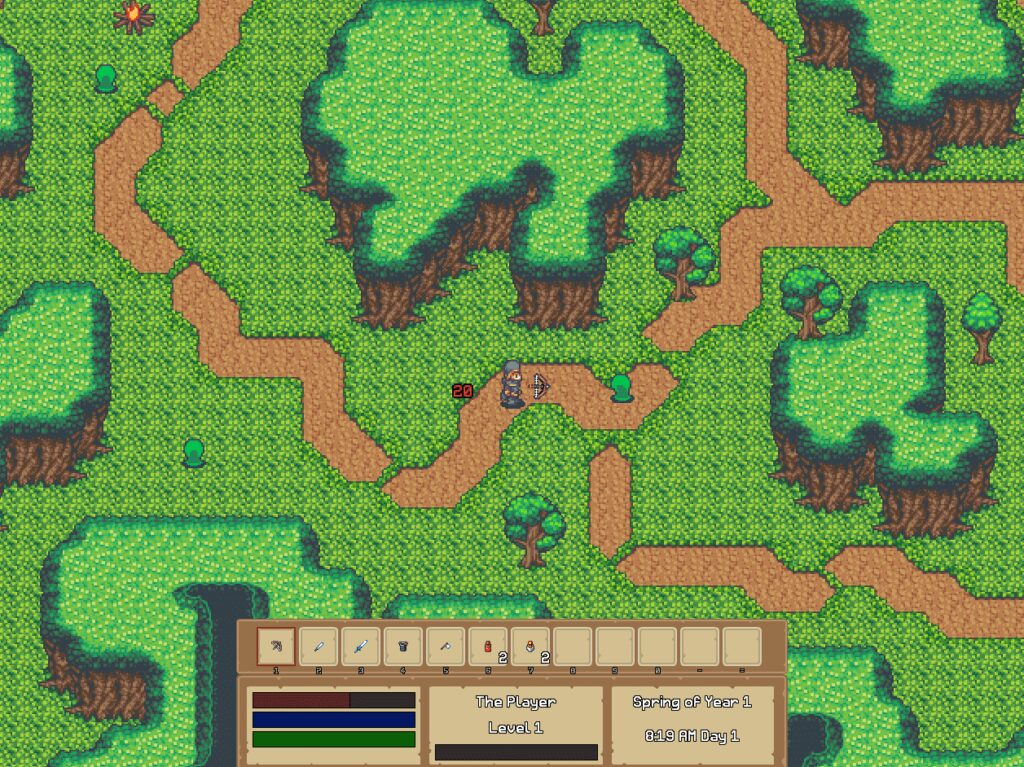The game development process involves several stages, from concept and planning to release and post-release. Developers start by creating an original idea, followed by a design document that outlines the game’s mechanics, storyline, characters, and visual style. They create a prototype or a vertical slice, test and determine whether the concept is viable. Once the game content is completed and subjected to several testing phases, the game is released on the intended platform, and feedback is gathered to identify any necessary updates. Additional content is created for the game, including expansions and downloadable content, supported by marketing and promotional materials.
From Scratch to Screen: The Development Process of Video Games
The video game industry has come a long way since the days when Pong was the only game available. Today, there are thousands of video games being developed each year, encompassing a wide range of genres and platforms. But have you ever wondered how games are made? In this article, we’ll take a detailed look at the development process of video games, from the initial concept to the final product on screen.
Concept and Planning
Every video game starts with an idea, a concept that the developers can build upon. This idea can come from a variety of sources- it could be an original idea from the developers themselves, a licensed property, or even a popular trend in the gaming industry.
Once the concept is decided, the developers start working on the planning phase. This includes creating a design document, which outlines the game’s mechanics, storyline, characters, and visual style. The development team also decides on the game’s target platform, be it PC or console, and the game engine to be used.
Pre-Production
The pre-production phase is where the game’s foundation is laid. The development team creates a prototype or a vertical slice, which is a small section of the game that includes all the core mechanics and features. This allows the team to test the gameplay and determine whether the concept is viable.
The pre-production phase also involves creating the game’s art style and visual design. This includes concept art and 3D models for characters, environments, and props. The game’s sound design is also created at this stage, including music, sound effects, and voice acting.
Production
The production phase is the longest and most intensive stage of game development. This is where the majority of the game’s content is created, including levels, assets, and gameplay mechanics. The development team typically includes programmers, artists, designers, and quality assurance testers.
During production, the game is continuously tested, and bugs and glitches are fixed. The development team also adds new features and iterates on existing ones. This is the stage where most of the game’s budget is spent, as developing a video game can be a costly process.
Post-Production
Once the game’s content is complete, the development team enters the post-production phase. This involves further testing and bug fixes, as well as optimization for performance and stability. The game is also polished for the final product, with final art, sound, and user interface design.
The post-production phase also includes localization, which involves translating the game into multiple languages for global release. Marketing and promotional materials are also created at this stage to build hype and generate interest.
Release and Beyond
After months or even years of development, the game is finally ready for release. This is where the game is launched on the intended platform, be it physical copies or digital downloads. The game’s performance and feedback from players are closely monitored, and any necessary updates are released to fix issues or add new content.
The post-release phase also involves creating additional content for the game, including expansions and downloadable content. The game’s community is also supported through forums and social media, with the development team providing updates and engaging with players.
Conclusion
Game development is a complex process that involves numerous stages and a dedicated team of developers. From the initial concept to the final product, every aspect is carefully crafted to create an immersive and engaging gameplay experience. With new technology constantly emerging, the world of video game development will continue to evolve and create new and exciting experiences for players around the world.
